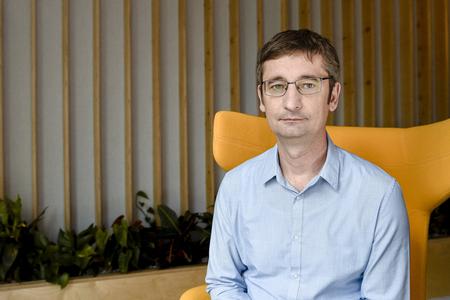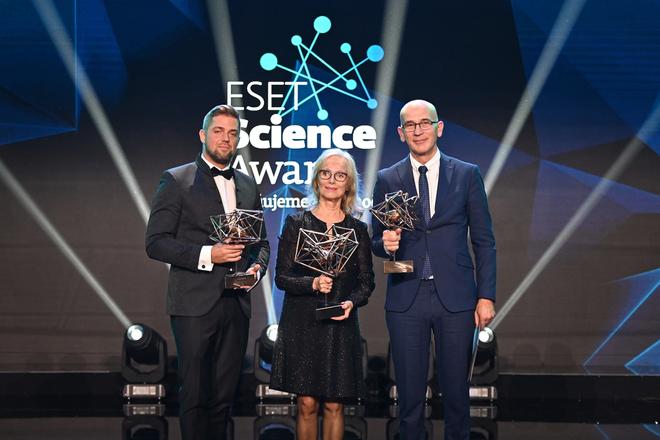She was part of the team that discovered a protein on the surface of tumour cells.
"The protein is considered to be a biomarker of hypoxia and is often used not only in diagnostics, but also in research. Researchers around the globe use antibodies that we developed to detect the presence of CA9 protein indicating hypoxia," says professor Silvia Pastoreková from the Biomedical Research Centre of the Slovak Academy of Sciences.
This year she has become the ESET Science Award laureate in the Outstanding Scientist in Slovakia category.
Cancer is a bogeyman that accompanies us from birth. Even children know about it, some even say that they want to be doctors and find a cure for incurable diseases. Was it like this for you too?
Not entirely. Originally I wanted to study human genetics. However, I got into virology thanks to one of my first teachers, Dionýz Blaškovič, the founder of virology in Czechoslovakia. He brought me to the laboratory of my mentor Jan Závada, with whom we searched for an unknown virus infecting cancer cells. We did find it, but at the same time, we found the CA9 protein, a discovery that redirected me to experimental oncology.

Such are the happy scientific coincidences, you are searching for one thing, but you find another, and no less important.
Exactly. It was interesting because my task was to prepare antibodies against an unknown virus, but one behaved unexpectedly. The important thing was that we started looking into it and what this antibody detects. We found that it was a protein on the surface of tumour cells, a reason for us to look into it more, because it was present in surgical tumour specimens and thus could be important for cancer diagnostics. My husband, Jaromír Pastorek, elucidated genetic information coding for CA9 protein, and with our team we later clarified its role in cancer.
Can you explain what is the principle and significance of this discovery?
It clarifies one of the mechanisms that mediate the adaptation of tumour cells to lack of oxygen (i.e. hypoxia), a phenomenon for which the 2019 Nobel Prize was awarded to Sir Peter J. Ratcliffe, Gregg Semenza and William G. Kaelin. Hypoxia is a stressful situation that often occurs in solid tumours, because of their aberrant vascular network that is unable to supply all cells with oxygen.
Oxygen is very important for cells to generate energy. Healthy cells cannot cope with a lack of oxygen, but tumour cells have found a way. They slow down the division, switch to glucose as a source of energy, generate an acidic microenvironment, and acquire invasiveness and resistance to therapy . Thus, hypoxia is associated with the more aggressive behaviour of cancer cells and disease progression.
The Nobel Prize was for the discovery of the molecular mechanisms that triggers these adaptative processes. The CA9 protein we identified is synthesized in response to hypoxia and thus also marks adaptable cancer cells prone to metastasis. Our finding is therefore the path to knowledge, but also to an application in diagnostics and even in therapy.
To stay up to date with what scientists in Slovakia or Slovak scientists around the world are doing, subscribe to the Slovak Science newsletter, which will be sent to readers free of charge four times a year.
Why is it that our body has such a problem dealing with cancer?



 This year's ESET Science Award laureats. Silvia Pastoreková is in the middle. (source: ESET/Linda Kisková Bohušová)
This year's ESET Science Award laureats. Silvia Pastoreková is in the middle. (source: ESET/Linda Kisková Bohušová)